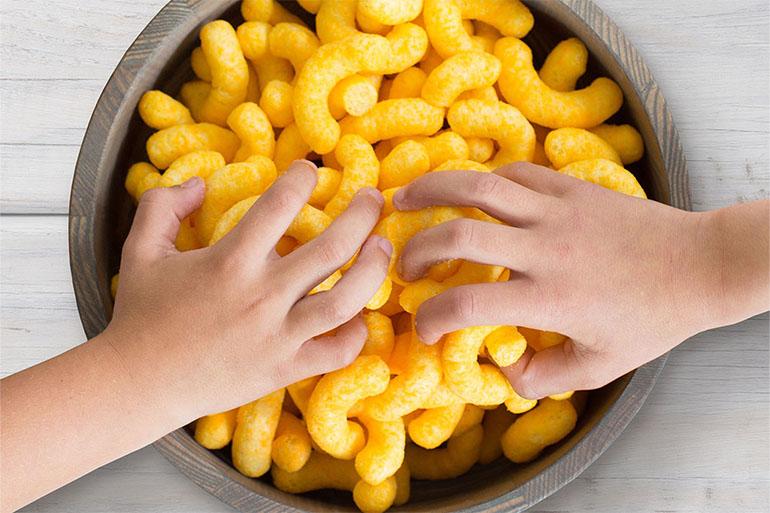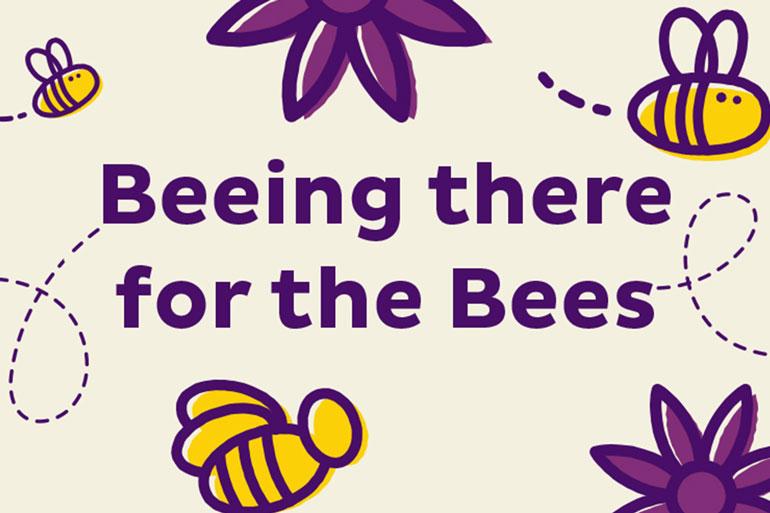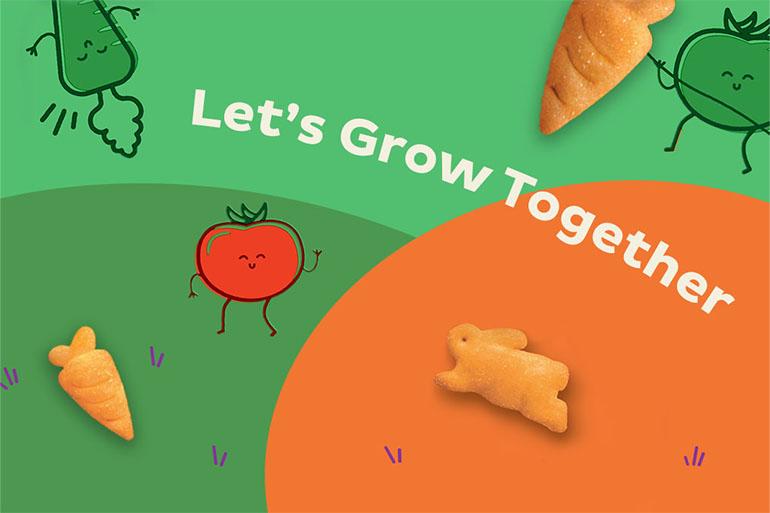
Fall Leaf Composting for Everybunny
Watching the leaves change is one of the best things about fall. It’s so fun to get outside with the kids and find all the red, yellow, and orange leaves in our yards, neighborhoods, and parks. But leaf composting can also be a fun family activity. True story: it’s better to leave your leaves to compost in your home garden than to put them in bags that may end up in a landfill.
Fall leaves are more than just colorful. They’re full of nutrients, like nitrogen, phosphorus, and potassium. As they decompose, all that goodness creates healthy soil, feeding the grass and plants in your yard.
Did you know fallen leaves also provide homes for all the friendly critters in your yard? Yup, turn over an old leaf, and you might find insects, spiders, slugs, and even turtles and bunnies.
Plus, composting the leaves is better for the environment because it creates less garbage for landfills and, when you unplug your leaf blower, less noise pollution. And, side benefit, it’s a little less work for you and your family — bagging leaves is a big job.

1. Leave some leaves on the lawn
While a thick layer of leaves is not good for your grass, you can leave a thin layer and then run your mower over it with the catcher removed. When you’re done, your leaves should be dime-size and you should be able to see grass through the leaf layer.
Once those tiny bits of leaf settle into the grass, the worms, insects, and microorganisms, like bacteria and fungi, will get busy recycling them.

2. Pile leaves into your garden beds
You and the kids can rake, pile, and tuck the excess leaves into your garden beds — getting them all set up for a healthy fall and winter.
If you pile a few inches of leaves around trees, shrubs, and flowers, they’ll blanket the soil so it retains some moisture and warmth throughout the winter. In the veggie garden, a thick layer of leaves will keep the weeds down.

3. Add leaves to your compost pile
Leaves are a great carbon-rich addition to your compost pile. You and the kids can toss them in your compost bin between layers of food scraps and other compostable goodies, and they’ll add nitrogen, phosphorus, and potassium. Once it all breaks down, you’ll have some amazing soil — aka superfood for your plants, veggies, and flowers.




